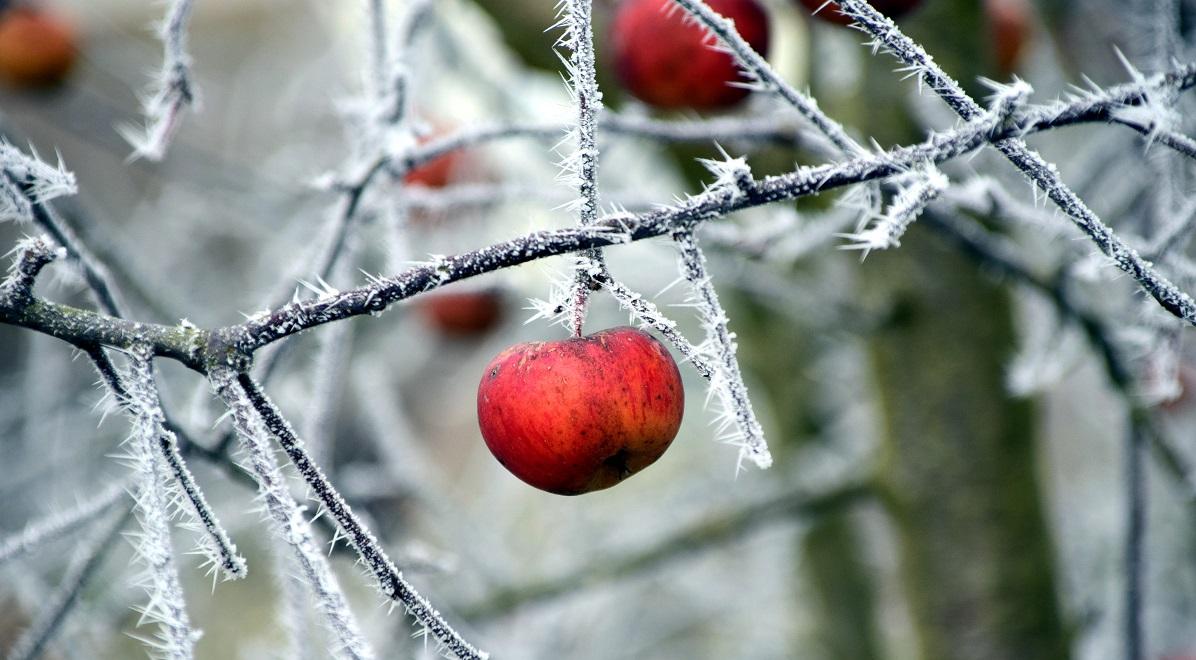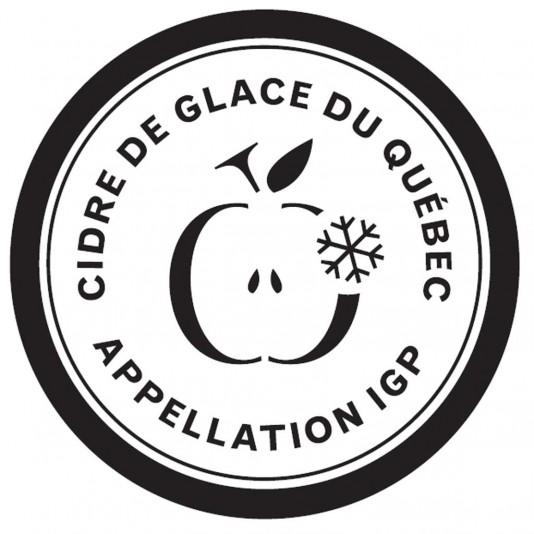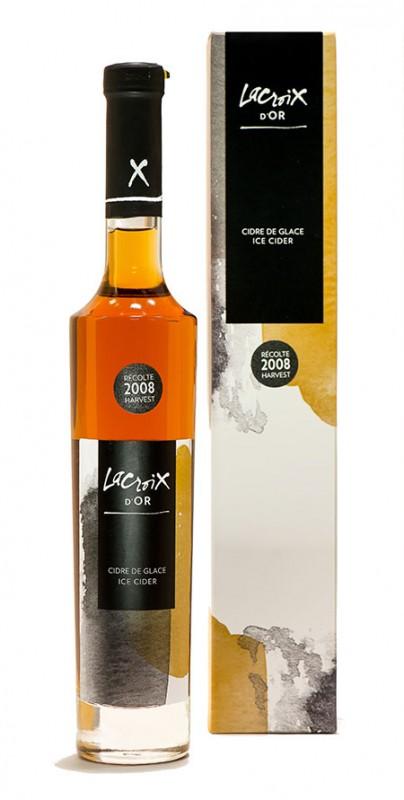
The cold weather of February often rings the time of harvesting frozen apples, in order to develop one of the largest sweet drinks in the world, a product of our home, ice cider.
If icewine is of German origin (eiswein), ice cider is a Quebec invention. This is due in particular to Christian Barthomeuf, who in 1990 developed the first ever nectar in the Eastern Townships.
Today there are more than 50 producers across Quebec, and ice cider is now exported all over the globe. Although it has become a local pride, this drink is unfortunately still unknown to many Quebecers.
Production methods
Ice cider is essentially concentrating the sugars of apples thanks to the natural cold of our winters. For this reason, it takes about 10 kg of apples to produce a single liter of ice cider, 5 times more apples than for a traditional cider. So do not be surprised to have to pay twenty dollars for a small bottle of 375 ml ... it is a drink that is worth its weight of apples!
Two methods are known to produce ice cider: cryoconcentration, and cryoextraction.
Cryoconcentration is the simplest method. It consists of picking the apples early in the season, then extracting the juice that will be placed outside part of the winter to concentrate the sugars.
Cryoextraction is more complex, and often more expensive, but generally more qualitative. It consists of leaving the frozen apples on the tree until the middle of winter, often in February. When the apples have reached a minimum sugar level of 32 ° Brix, we can proceed to the picking, then directly to the press to extract the sweet juice.
It follows a long fermentation of several months at low temperatures, to turn some of these sugars into alcohol. At the end of the process, there will still be a lot of residual sugar. It requires a minimum of 140 grams per liter to be called ice cider.

Since 2014, Québec has adopted a Protected Geographical Indication (PGI) to strictly regulate the production of ice cider.
In addition to residual sugar, the specifications cover numerous production elements, ranging from authorized apple varieties (late-season Quebec apples), to the pressing period (from December 1st to March 1st), and to the rate of alcohol (between 9% and 13%).
Our suggestion
Le Verger Lacroix, in Saint-Joseph-du-Lac, produces several ice ciders, including the Lacroix d'Or, made using the cryoextraction method. It comes from an assemblage of Cortland apples at 80%, Golden Russet at 10%, and Liberty for the other 10%, all harvested completely frozen in February. It has the distinction of being raised on lees, which gives it a great aromatic complexity.

The Lacroix d'Or seduces from the first glance by its sparkling dress of yellow old gold color. Its elegant and complex nose is reminiscent of aromas of saffron, cinnamon and candied apricots, all accompanied by a great sensation of minerality.
The mouth is creamy while remaining in the finesse, flavors of stewed apple and caramel. Despite a residual sugar of 170 g / L, no feeling of heaviness, thanks to a nice acidity that supports the entire work, even in the end quite persistent.
Enjoy it fresh enough, straight out of the fridge, to reach quickly in your glass an ideal temperature of 6 to 8 ° C. It can be appreciated at the end of a meal, alone or with a dessert. For gourmands, know that it also goes perfectly with blue cheese or foie gras!
You can buy it directly at the Verger Lacroix in their shop, at a price of $ 35 per bottle of 375ml and $ 23 per bottle for a bottle of 200ml.
However, a promotion is currently in effect: 2 bottles of 200ml for $ 30 for a limited time.
Above all, remember that a big ice cider is a great dish, or just big company. For if Quebec's ice cider had its great wines, the Lacroix d'Or would certainly be one of them.

